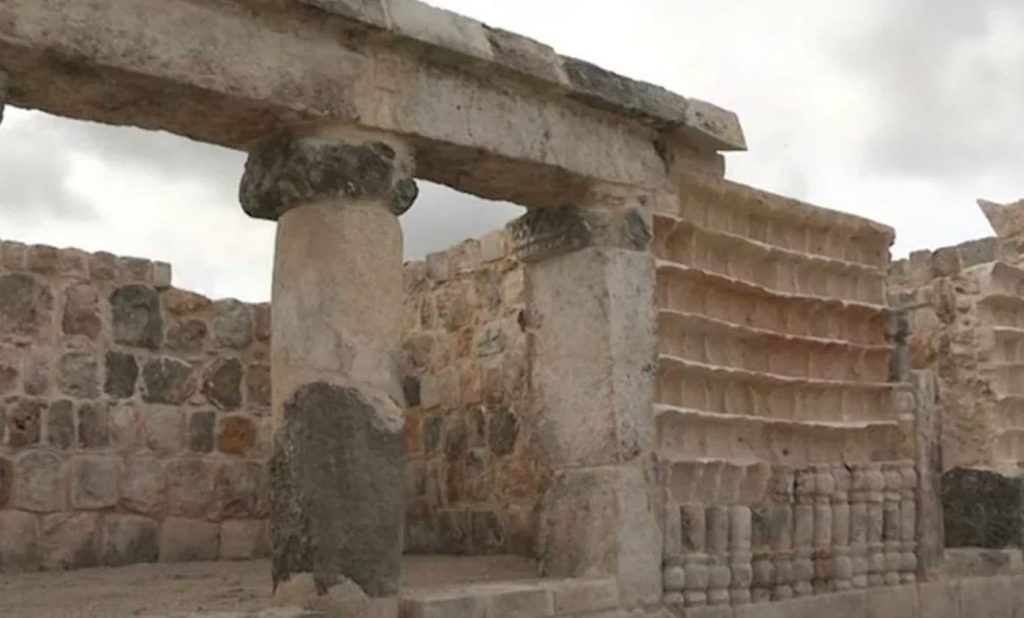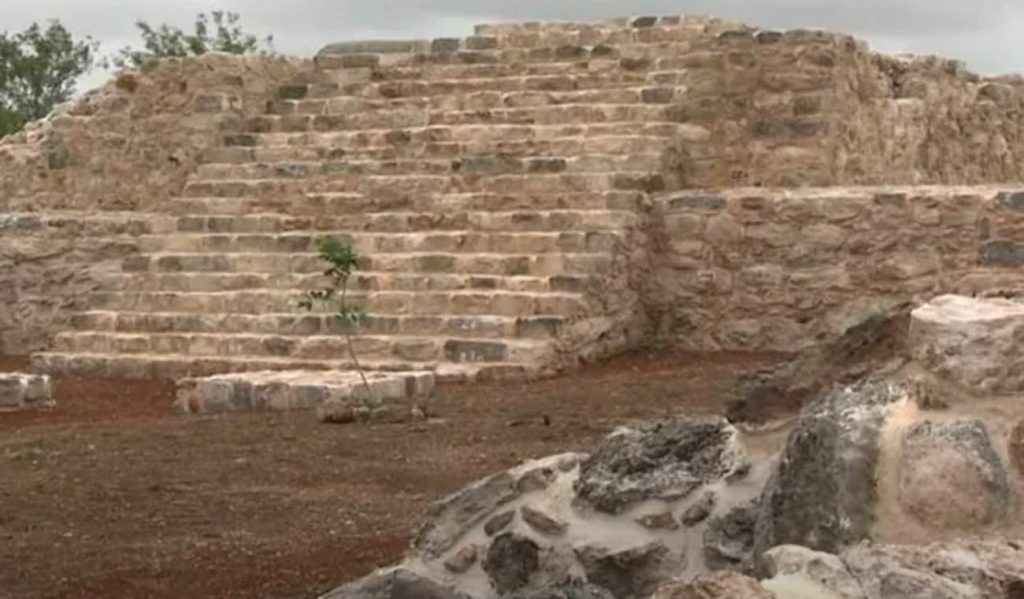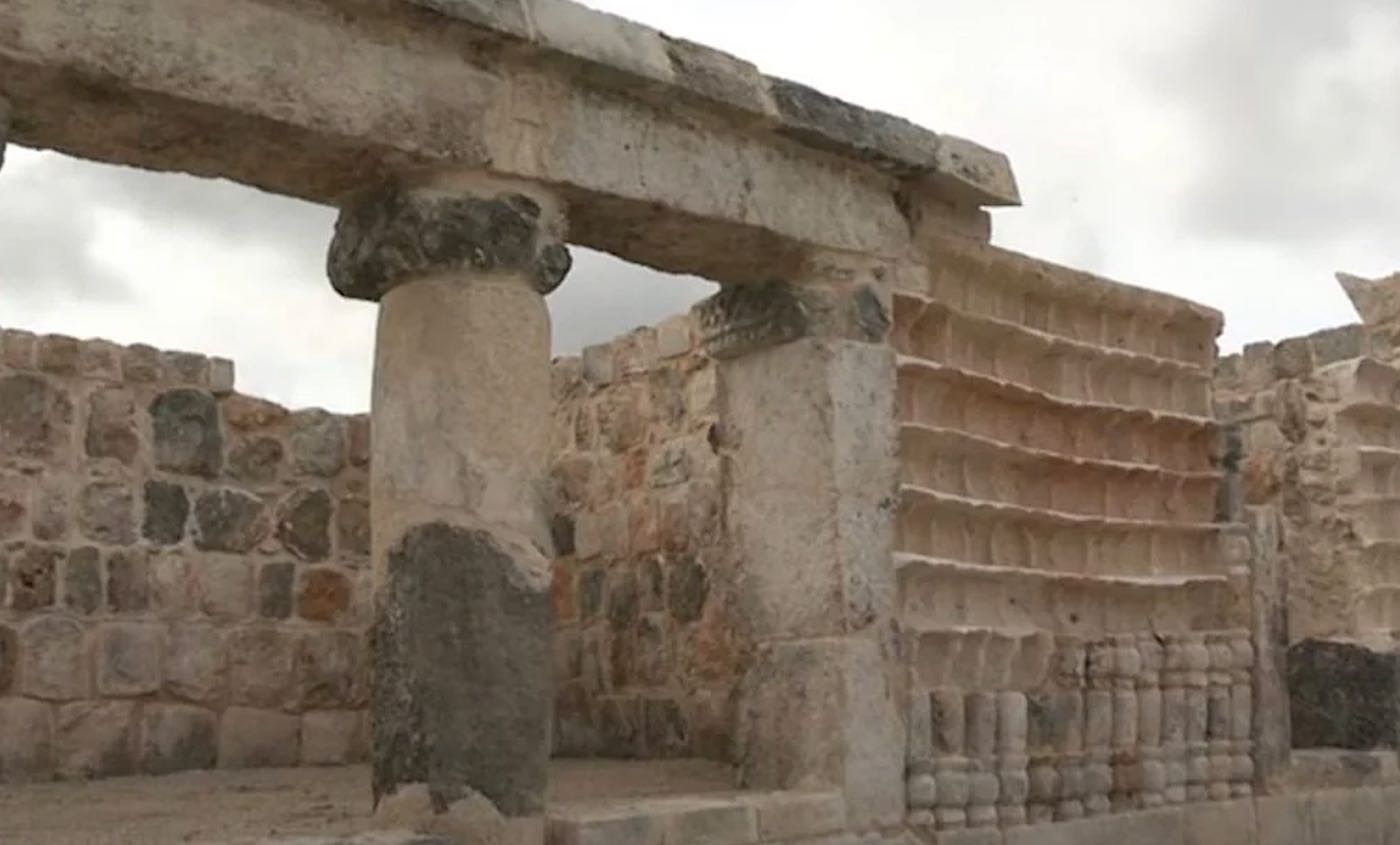
“It is more important to preserve the Maya legacy,” says Mauricio Montalvo, property owner of industrial park that had to be delayed due to the discovery of a large Mayan settlement from around 600 CE.
Filled with plazas, pyramids, and a natural sinkhole called a cenote which tend to feature in Mayan settlements, there may have been 4,000 people living there at one time.
It was back in 2015 when construction workers first found the city, which has been given the temporary Maya name of “Xiol,” in the municipality of Kanasín, near Yucatan’s capital of Merida, and work had to be stopped while archeologists looked into it.
It wasn’t the “lost city” some newspapers would have it—it was in plain view of the highway reports Yucatan Magazine. However it’s now being unveiled as a historic site later this year after undergoing excavations and restoration.
Spread across 51 acres, excavators found a large central plaza surrounded by 12 restored buildings of living areas and workshops, and the foundations of another 76 under the area’s vegetation. Two large buildings on either side of the plaza are thought to be elite residencies.
MORE: Incredible Discovery Beneath the Southern Amazon Reveals Urban-Agrarian Society Never Seen Before
They also found a burial site containing the remains of 15 people, as well as a variety of grave goods and an altar they believe to have been used in ceremony and ritual.
Carlos Rosado van der Gracht, writing for Yucatan Magazine, reports that it’s possible the people were Maya, but also not Maya—a genetically-Maya subjugated city state.

Cavers will begin exploring the cenote in the coming months, and aren’t sure what to find there.
As Maya settlements are typically built around these natural sinkholes, being one of the few sources of freshwater on the Yucatan, they tend to be wells of discovery in addition to water wells.
Jape, copper, marble, obsidian, human remains, beads, and much more has been recovered from the bottoms of these eroded limestone features.
RELATED: Incredible Discovery Beneath the Southern Amazon Reveals Urban-Agrarian Society Never Seen Before
The Yucatan Peninsula is known as the Riviera Maya, and even as densely populated centers in the territory of surrounding countries like Guatemala and Belize began to decline with staggering speed, the populations on the peninsula grew.
The cause of the abandonment of Maya habitation sites is still a great mystery, and historians have not ruled out extreme drought, warfare, or something less disastrous like changing trade patterns.
UNEARTH the Historic News For Friends; Share It On Social Media…





















WoW